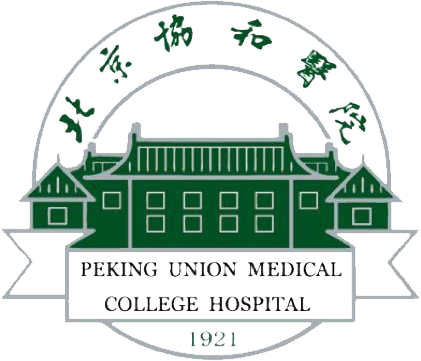Recently, Wang Yining, the Deputy Director of the Department of Radiology at PUMCH, presented the latest research progress on non-contrast coronary MR angiography (CMRA) at the Beijing Translational Medicine Innovation Forum and the Second National Translational Medicine Imaging Technology Innovation Conference. The non-contrast CMRA reaches 93% diagnostic accuracy for clinically significant coronary stenosis (≥50%), compared to the invasive angiography, which served as the “golden standard”. It could be applied to the early screening of atherosclerosis-related coronary artery diseases (coronary heart diseases). Compared with traditional methods for diagnosing coronary heart diseases, such as invasive coronary angiography and CT angiography (CTA), the non-contrast CMRA has such advantages as being non-invasive, having no ionizing radiation, no need for contrast agent injection, and being less affected by vascular calcification. It is thus particularly suitable for certain populations such as pregnant women, individuals allergic to contrast agents, and those with impaired kidney function. This research was supported by the National High Level Hospital Clinical Research Funding.
Currently, the “golden standard” for diagnosing coronary heart diseases is invasive coronary angiography. However, this invasive procedure is not suitable for patients who are allergic to iodinated contrast agents. Another commonly used diagnostic method is coronary CTA. However, as a non-invasive imaging modality, coronary CTA still requires the injection of iodinated contrast agents and patients are exposed to ionizing radiation. Its use is thus limited among patients with impaired kidney function, radiation-sensitive individuals (such as pregnant women and children), and patients allergic to contrast agents. Besides, due to calcium blooming artifacts, CTA may overestimate the severity of stenosis in heavily calcified blood vessels. On the contrary, CMRA has the advantages of being non-invasive, free of ionizing radiation and contrast agent injection, and being less affected by blood vessel calcification. Therefore, CMRA may be more effective in the prophylactic screening and repetitive scans of individuals at low to moderate risk of coronary heart diseases.
Since 2019, Wang Yining has led a team to explore the application of the new technique of CMRA Based on extensive clinical practices, they have compared different imaging sequences and optimized scanning parameters and imaging methods. So far, they have successfully applied CMRA in over a thousand cases. Their research findings were published in “European Radiology”, a high rank academic journal. Under the guidance of Prof. Jin Zhengyu, the team published the “Expert Consensus on Clinical Application of Coronary MR Angiography (First Edition)” in the “Chinese Journal of Radiology”. According to Wang Yining, scientific validation has proved that CMRA, compared with invasive coronary angiography and CTA, has such advantages as sparing patients from ionizing radiation and contrast agent injection. It is a new and harmless screening method for coronary heart diseases that enables direct evaluation of the coronary arteries. It is now basically ready for clinical application.

▲CTA (left) shows diffuse calcification and mixed plaques in the proximal mid-segment of the right coronary artery (RCA) and multiple stenosis of the lumen; however, the lumen narrowings are obscured by the calcified plaques, which impedes the accurate assessment of the degree of stenosis. Non-contrast CMRA (middle) can accurately evaluate the stenotic lesions in the RCA, which is highly aligned with the invasive coronary angiography (ICA) (right). CMRA shows multiple localized narrowings in the first curvature of the RCA, in alignment with the ICA (indicated by the yellow arrows). CMRA also reveals a locally severe stenosis in the mid-segment of the RCA, in alignment with the ICA (indicated by the red arrow).
According to research, CMRA is superior to CTA not only for the early screening of coronary heart diseases but also for the diagnosis of severe calcified patients, enabling more accurate assessment of luminal stenosis by doctors.
Nevertheless, this new technique still faces challenges, Wang Yining pointed out that with the improvement of hardware, advancements in AI and the development of rapid breath-hold sequences, the scanning time of CMRA will be shortened to within 5 minutes and issues such as manpower shortage and blooming artifacts will be addressed, making this technique ready for extensive clinical application. Despite some application challenges, Professor Feng Feng, the Director of the Department of Radiology, expressed confidence in the promising prospects of the new technique.
Written by Chen Xiao
Translated by Liu Haiyan
Reviewed by Zhu Liang and Wang Yao
